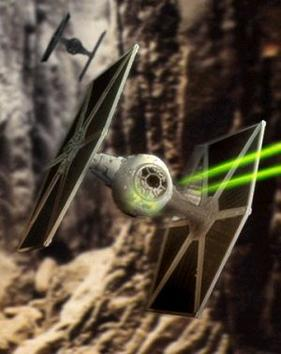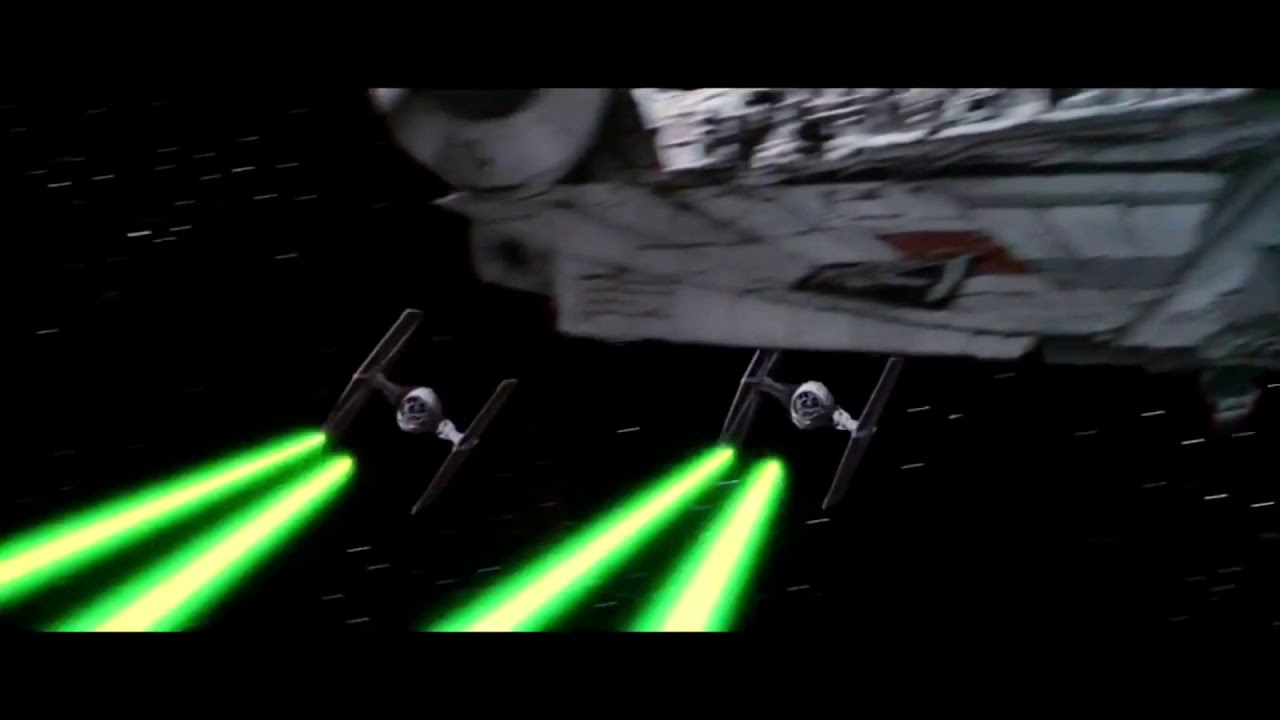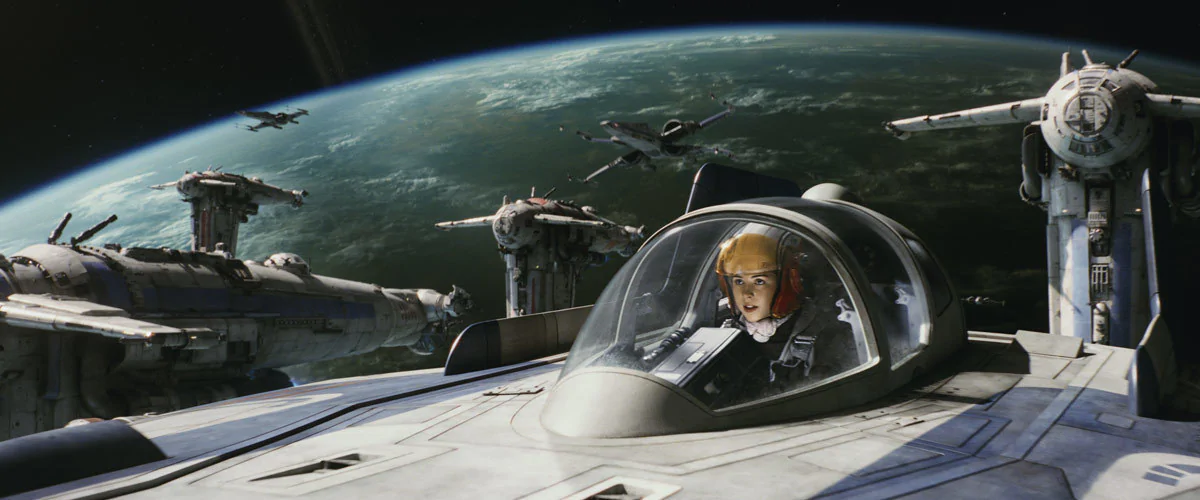Tie Fighters Are for Coddled Children With Money
So, let’s talk about Star Wars.

TIE fighter pilots have a reputation for being insane. This is well-earned; the TIE is famously powerful but famously fragile, little more than a couple guns strapped to some wings and a pair of engines, with not even enough hardware left for a life-support system. TIE pilots basically operate under the philosophy that if you’re good enough to never get hit, you don’t need shields. They’re the elite of the Empire’s sky power and they know it… Only 10% who enter the academy ever become pilots. Their craft even lack a hyperdrive, supported as they are by their operating bases and motherships.
They are coddled babies. They don’t know the meaning of madness.

Look at these absolute children
Consider: Sienar Fleet Systems fabricates TIEs by the tens of thousands. While they are, indeed, the lowest-bidder on an imperial contract, they’ve had thousands of opportunities to correct and perfect the design. Each obsidian, gleaming machine is the pinnacle of a mass-production process: perfectly engineered to specification, spare parts and supplies readily available, supported by the wealth and expertise of a galaxy-spanning empire.
No, if you want to see real madness, you look at an A-wing pilot.

“Fear is a luxury of the comfortable and the TIE pilot”
Consider: in contrast to the legions of TIEs rolling off a Sienar assembly-line daily, A-wing pilots are helming a ship that fell off the back of a Kuat Systems delivery truck. Then it was grabbed by some freelancer engineer with a chip on their shoulder and maybe a certification on some planet and retro-fit with a hyperdrive and completely new engines and, hell, while we’re in here, let’s just rip out the astromech slot too, who can afford one of those? This is the souped-up back-alley Honda to the Empire’s unending legion of mass-produced Fords. Every A-wing pilot is at least an amateur flight mechanic, because you need to be to keep the damn things in the sky. It may be spec’d superior to the TIE fighter, but all those pieces break down so often that there’s never any guarantee an A-wing shows up to the fight without a couple guns and some expensive dead weight where a deflector array should be.
Then these absolute mad-lads-n-lasses get in their flying coffins and take on the biggest military power in the known universe, with only their rage at injustice and a pair of Borstel RG-9 laser cannons to wield.

“Mondays, am I right?”
There is no long life here. There is no glory. There is the fight and its inevitable end. TIE pilots may have a death wish, but A-wing pilots know that wishes only come true if you put the work in. A-wing pilots have death plans. They have a death mortgage with a 2% return on investment, and they’re interested in refinancing.
Also worth consideration:
- A-wings, unlike TIEs, have hyperdrives, because a malfunctioning hyperdrive is just one more exciting way to die in space.
- TIEs are shaped like jaunty accessory wear. A-wings are shaped like coffins.
- TIE flight school has a 90% washout rate. The Rebellion will hand a fighter to a farm-boy; their “flight school” is whether that farm-boy comes back.
- A-wings were originally designed for astromech assistance, but it was removed to make room for missiles. In lieu of an astromech, A-wing pilots just have half their thruster vectoring motors malfunctioning at any given time so they don’t have to think about them.
- The TIE name, it is commonly known, stands for Twin Ion Engine. The A-wing is named after the sound the pilot makes when they’re doing their job.
- A TIE fighter never took out Home One by crashing into its bridge

Demonstration of correct pronunciation of “A-wing”
A-wings: For when you want to die in space, but mommy and daddy couldn’t afford an Imperial Academy education.




